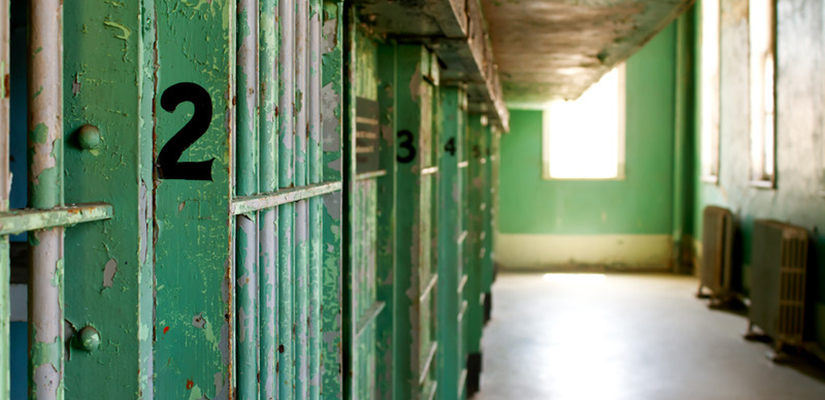f you have been accused of committing a crime that is considered a “strike crime,” you are facing very serious charges, especially if you already have one or more strikes on your criminal record.
The three strikes law is a controversial law that has been in effect in California for over a decade. The law was passed in an effort to reduce crime throughout the state, by severely punishing repeat offenders who are convicted of serious crimes. When a person is convicted of a criminal felony in California, and it is a felony that is considered “serious” or “violent” he or she will receive a strike on their criminal record, and each strike will result in an additional legal consequences. A person convicted of a crime resulting in a second strike will have a lengthier prison term possibly twice the amount of time, than a person without a previous strike conviction. The outcome of a conviction that results in a third strike will typically be a prison term of twenty-five years to life. Listed below are the two categories of strike offenses in CA:
Violent felonies • Murder or manslaughter.
• Mayhem.
• Rape by force, violence, duress, menace or fear of immediate bodily injury on the victim or another person.
• Oral copulation by force, violence, duress, menace or fear of immediate bodily injury on the victim or another person.
• Lewd act on a child.
• Any felony punishable by death or life sentence.
• Any felony resulting in great bodily injury or in which a firearm was used.
• Robbery of an inhabited dwelling, vessel or trailer coach in which a deadly or dangerous weapon was used.
• Arson that causes great bodily injury.
• Penetration by a foreign object.
• Attempted murder.
• Explosion with intent to commit murder.
• Out-of-state kidnapping transported to California.
• Continuous sexual abuse of a child.
Serious felonies • Murder or involuntary manslaughter.
• Mayhem.
• Sodomy by force, violence, duress, menace or fear of immediate bodily injury on the victim or another person.
• Oral copulation by force, violence, duress, menace or fear of immediate bodily injury on the victim or another person.
• Lewd or lascivious act on a child under the age of 14 years.
• Any felony publishable by death or imprisonment for life.
• Any other felony in which the defendant personally inflicts great bodily injury on any person or personally uses a firearm.
• Attempted murder.
• Assault with intent to commit rape or robbery.
• Assault with a deadly weapon or instrument on a peace officer.
• Assault by a life prisoner on a non-inmate.
• Assault with a deadly weapon by an inmate.
• Arson.
• Exploding a destructive device or any explosive with intent to injure.
• Exploding a destructive device or any explosive causing great bodily injury or mayhem.
• Exploding a destructive device or any explosive with intent to murder.
• Burglary of an inhabited dwelling, house or trailer coach as defined by the Vehicle Code or inhabited portion of any other building.
• Robbery or bank robbery.
• Kidnapping.
• Holding of a hostage by a person confined in a state prison.
• Attempt to commit a felony punishable by death or life imprisonment.
• Any felony in which the defendant personally used a dangerous or deadly weapon selling, furnishing, administering, giving or offering to sell, furnish administer or give to a minor, heroin, cocaine, phencyclidine (PCP), a methamphetamine-related drug, or a precursor of methamphetamine.
• Any violation of subdivision (a) of Section 289 where the act is accomplished against the victim’s will by force, violence, duress, menace, or fear of immediate and unlawful bodily injury on the victim or another person.
• Grand theft involving a firearm.
• Any attempt to commit a crime listed in this subdivision other than an assault.
• Continuous sexual abuse of a child.
If you or a loved one is facing a felony case that includes a “Strike Offense”, call Wallin & Klarich today 888-749-0034



